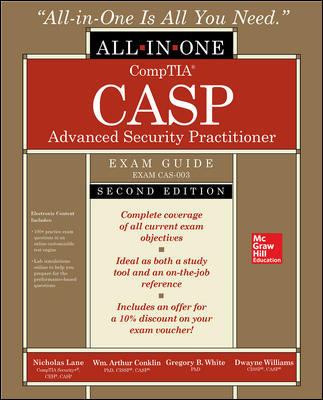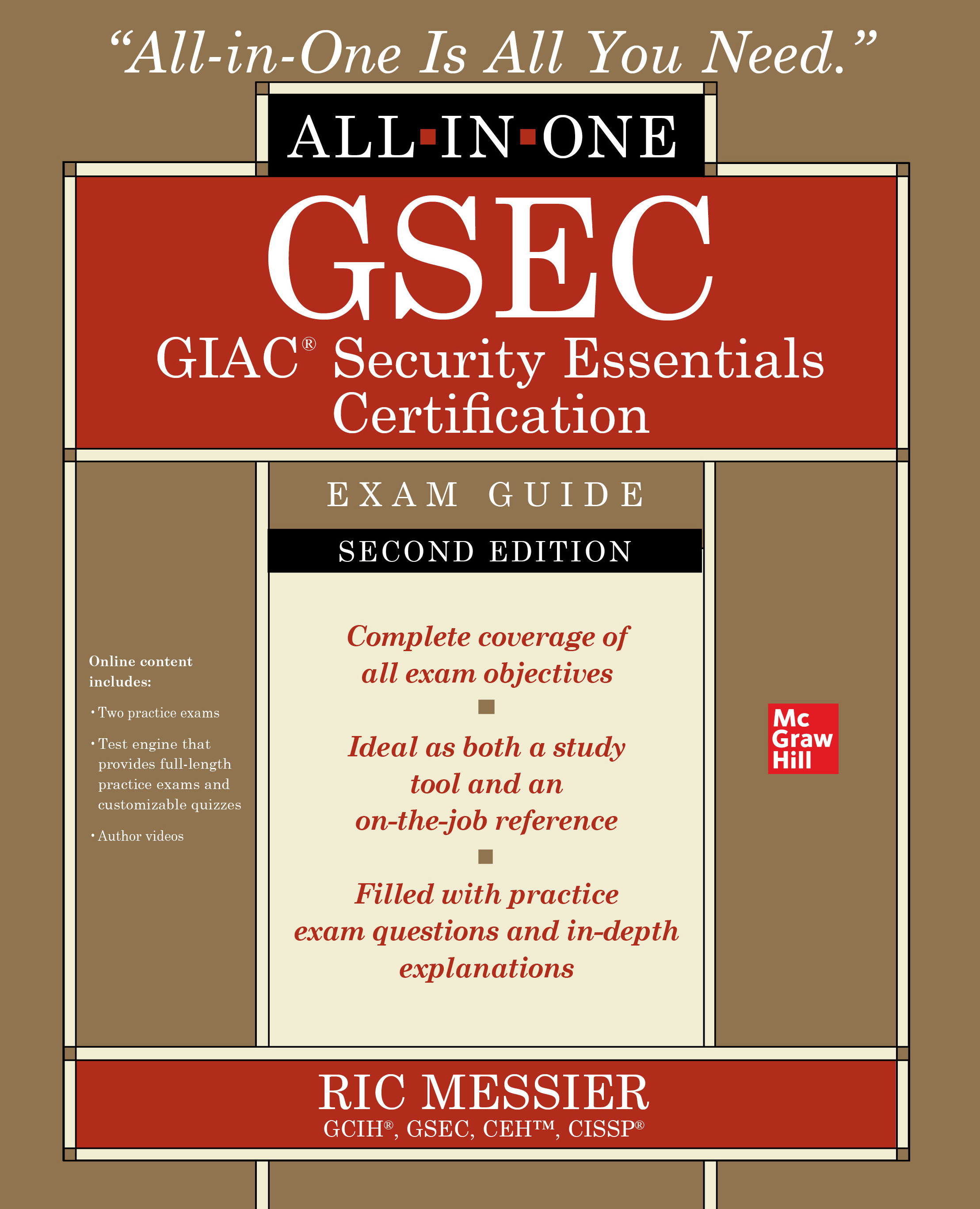New Report on Crime and Safety in Schools Released

Crime in the nation’s schools and college campuses has declined overall during the past two decades, according to a report released April 17. The report also highlights new data on youth opioid use, perceptions of bullying and active shooter incidents in educational settings.
The new report, Indicators of School Crime and Safety 2018, is the 21st in a series of annual publications produced jointly by the National Center for Education Statistics, in the U.S. Department of Education’s Institute of Education Sciences, and the Bureau of Justice Statistics in the U.S. Department of Justice. The report presents statistics on crime and safety at schools and on college campuses. It covers topics such as victimization, school conditions, school environment, safety and security measures at school and criminal incidents at postsecondary institutions.
The new report shows that from 2000 to 2017, there were 37 active shooter incidents at elementary and secondary schools and 15 active shooter incidents at postsecondary institutions. Each of the active shooter incidents involved a single shooter. All 37 active shooters at elementary and secondary schools were male. At postsecondary institutions, 13 of the active shooters were male, and the other 2 were female.
Other key findings include:
- In 2017, students ages 12–18 experienced 827,000 victimizations (theft and nonfatal violent victimization) at school and 503,800 victimizations away from school
- About 99 percent of students ages 12–18 reported that they observed the use of at least one of the selected safety and security measures at their schools in 2017. The three most commonly observed safety and security measures were a written code of student conduct (95 percent), a requirement that visitors sign in and wear visitor badges or stickers (90 percent) and the presence of school staff (other than security guards or assigned police officers) or other adults supervising the hallway (88 percent)
- The percentage of students in grades 9–12 who reported having been in a physical fight anywhere in the previous 12 months decreased between 2001 and 2017 (from 33 to 24 percent), as did the percentage of students in these grades who reported having been in a physical fight on school property (from 13 to 9 percent)
- In 2017, about 16 percent of students in grades 9–12 reported that they had carried a weapon anywhere at least one day during the previous 30 days and 4 percent reported carrying a weapon on school property at least 1 day during the previous 30 days
- The number of on-campus crimes reported in 2016 was lower than the number reported in 2001 for every category except forcible sex offenses and negligent manslaughter offenses
To view the full report, visit http://nces.ed.gov/pubsearch/pubsinfo.asp?pubid=2019047.
Looking for a reprint of this article?
From high-res PDFs to custom plaques, order your copy today!








